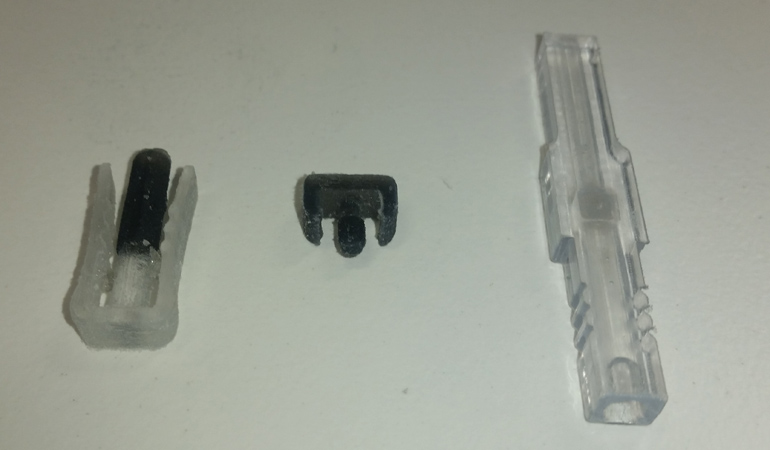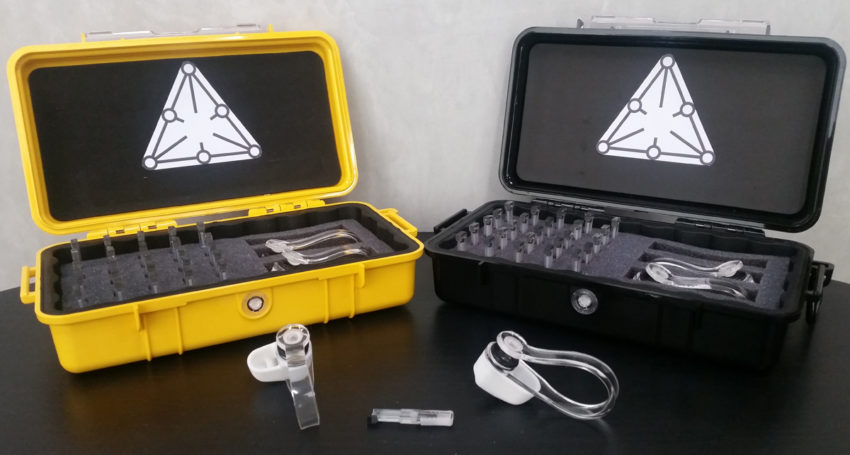Researchers from South Australia, Texas and Ethiopia exploited 3D printing technology to bring a solution to leishmaniasis, a disease that infects a million people every year.
The Armauer Hansen Research Institute (AHRI) in Addis Ababa (Ethiopia), the Austin-based infectious disease virtual incubator PandemicTech and the New Venture Institute (NVI) at Flinders University in Adelaide, South Australia are the three institutes that joined forces to develop a 3D printed field test kit.
Leishmaniasis
According to the Lead, “Leishmaniasis is a parasitic disease spread through the bites of sandflies. The World Health Organisation estimates that up to 1 million new cases and 30,000 deaths occur annually, usually among malnourished people living in poverty and or unsanitary conditions. Although it can lead to ulcers and death, leishmanias is curable if diagnosed and treated early.”
Experimentations in Ethiopia were difficult to achieve due to the cost of a liquid medium, the test tubes used to contain the reagent and even the long time it takes to get the results. Dr. Gadisa therefore designed a test tube that could overcome these barriers and accepted the help of Andrew Nerlinger, director of PandemicTech in Austin and Matt Salier, director of Flinders University’s New Venture Institute in South Australia to build the prototype.

It required less than 4 months to achieve the design which was manufactured on NVI’s Stratasys Objet Connex 3D printer using a clear resin. The first prototype is made up of a main body which will “hold the fluid, a cork on top to plug the culture tube, and a bottom plug which is removable to clean the culture tube.”
After several improvements, the researchers achieved their final kit. “The pack also comes with special 3D printed microscopes that attach to a smart phone camera and convert the phone into a powerful 60x magnification microscope that can collect photos for diagnostic purposes. The new testing device will allow more patients to be treated earlier and decrease the amount of time it takes to obtain a diagnosis. It will also potentially allow health workers to provide a diagnosis to patients while conducting medical work in the remote regions often most impacted by leishmaniasis.”
 For further information about 3D Printing, follow us on our social networks and subscribe to our newsletter
For further information about 3D Printing, follow us on our social networks and subscribe to our newsletter
Would you like to subscribe to 3D Adept Mag? Would you like to be featured in the next issue of our digital magazine? Send us an email at contact@3dadept.com
//pagead2.googlesyndication.com/pagead/js/adsbygoogle.js
(adsbygoogle = window.adsbygoogle || []).push({});





